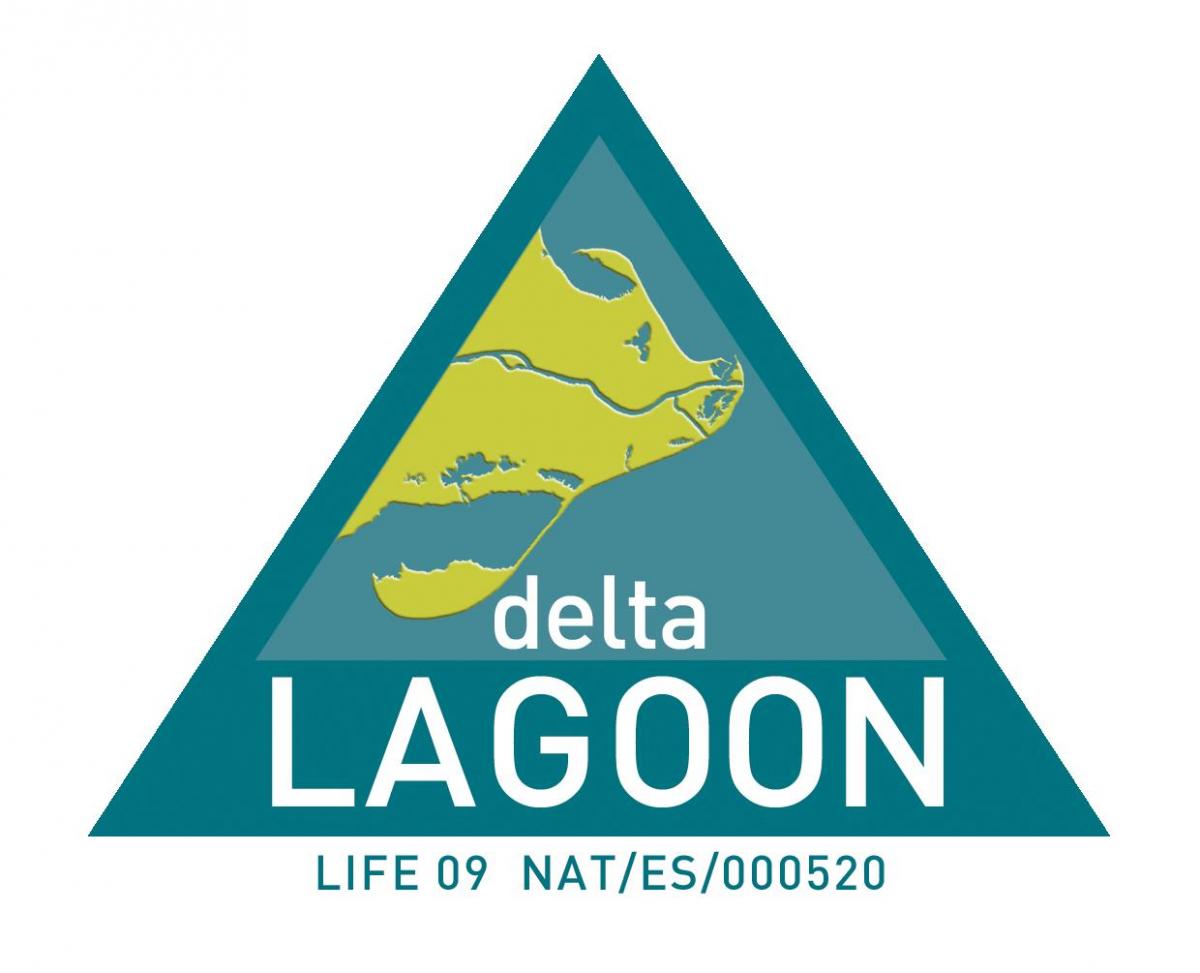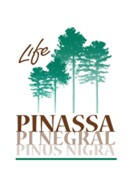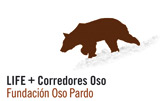European projects
European projects (LIFE and POCTEFA) are some of the main components of the European Union's environmental policy, as their goal is to contribute to the implementation, development and improvement of European environmental policies.
The foundation takes part in and promotes a number of LIFE and POCTEFA projects


The LIFE Montserrat project is located on the mountain of Montserrat and its surroundings (Barcelona province). The area included in the project, which is mostly covered by forest (64%), occupies an area measuring 42,487 hectares.
The area covered by the project is at a significant fire risk given the accumulation of fuel biomass, climate change and the disappearance of crops and other traditional uses of the forest. It has suffered from major forest fires in recent years.
This project aims to prevent fires and improve biodiversity through an innovative tool: integrated silvopasture management.
The project is coordinated by Barcelona Town Hall, with the participation of partner organisations including the board of trustees for Montserrat, Catalonia firemen, the Montserrat neighbourhood association and the Catalunya La Pedrera Foundation.
The main objectives of the LIFE Montserrat project are:
-
To develop a series of ecosystem management measures to increase the resilience and stability of forests in the face of fire risk , and improving fire prevention in the mountains of Montserrat and the surrounding area, creating and/or maintaining strategic areas to prevent the spread of fires, and extinguishing and reducing the intensity and extent of large fires and their risk. The implementation of an integrated silvopasture management plan will act as an innovative tool.
-
Conserving biodiversity by increasing connectivity, by creating a mosaic of scrubs, natural meadows and forests to link two Natura 2000 spaces (Montserrat-Roques Blanques-Riu Llobregat and Sant Llorenç del Munt i l'Obac).
-
Contributing to the conservation and improvement of biodiversity in the Montserrat area, with habitats and species of great conservation value, included in the Birds and Habitats Directives. In particular, the project aims to contribute to the conservation of 20 species of interest, such as the Bonelli’s eagle, that live in the project area, by maintaining and restoring some priority habitats, and improving the habitat of more than 140 species protected by regional, national or international law through the recovery of open habitats.


The project is located on the final stretch of the Ebro river, and is an example of good practice for many other European river deltas, as it has allowed the migratory fish population to recover.
The project’s objectives are as follows:
- Recovering healthy and sustainable population levels of threatened anadromous or migratory fish species in the lower part of the Ebro river and delta, including the common sturgeon (Acipenser sturio), European eel (Anguilla anguilla), twait shad (Alosa fallax) and sea lamprey (Petromyzon marinus).
- Significantly improving the ecological connection with the lower part of the Ebro river, adapting all the current obstacles in the final stretch (Xerta reservoir, Ascó reservoir and Flix reservoir).
- Involving the local population, creating a network for managing the area, (farmers, fishermen, water companies, electricity companies, tourism agents and regional and local authorities).
- Being a leading project on a local scale, and progressively promoting ecological connectivity along the entire Ebro river basin. Likewise, becoming a model project for other Iberian rivers – Guadalquivir, Guadiana, Miño – and European rivers.
The project is implemented by the Institute for the Development of the Ebro Counties, the Delta de l’Ebre Nature Park, the Institute of Agrifood Research and Technology, the Centre for Mediterranean River Studies and the Catalunya La Pedrera Foundation.


LIFE ALNUS is an alternative strategy for conserving Mediterranean alder forests (habitat of community interest 91EO*), rolled out as a trial on a regional level (Catalonia). The project aims to reverse the regression and degradation of this riverside habitat, creating a model that can be exported across the rest of the Mediterranean biogeographic area.
The project’s objectives are as follows:
- Directly improving the conservation status of the alder trees : by building a natural corridor, reintroducing the habitat where it has disappeared, and improving the conservation status of the alder tree and associated biocenosis.
- Generating knowledge and experience: Implementing 3 European Directives, establishing technical knowledge on forest management for the habitat, exchanging technical experiences with other interested European parties, and more.
- Socio-environmental objectives: restoring the continuity of the river as a green infrastructure, sharing the environmental values of riparian forests with the general public, and sharing new criteria for habitat management.
This project is carried out by the Forest Science and Technology Centre of Catalonia, the Centre for Mediterranean River Studies, Granollers Town Hall, the Catalan Water Agency, MN Consultants (conservation science consultants) and the Catalunya La Pedrera Foundation.


The Foundation will take part in this project, which involves the restoration and management of the habitat surrounding the l'Alfacada and Tancada lagoons, in the Ebro Delta. Video explaining the project.
The project is coordinated by the IRTA Aquatic Ecosystem Programme, with the participation of partner organisations like the Catalunya La Pedrera Foundation, the Delta de l’Ebre Nature Park, the Catalan forest management, and the General Directorate for Sea and Coast Sustainability at the Ministry of Environmental, Rural and Marine Affairs.
The project has three basic objectives:
- To recover the environment around the Tancada lagoon through the naturalisation of the fish farms and the salt marshes that were formerly located in the area.
- Improving the quality, connectivity and water management of the Alfacada lagoon, mitigating the effects of climate change.
- Putting measures in place to monitor and share the ecological value of the restored areas.


The aim of the Operation CO2 project is: Integrated agroforestry practices and nature conservation against climate change means demonstrating the economic viability of CO2 capture projects through agroforestry practices. These projects can make a significant contribution to the fight against climate change, and have not yet been developed in the EU.
In addition, the project aims to prove that CO2 capture through similar initiatives can be certified as carbon credits, and can be sold on the emissions market. In 2011, Spain as a whole paid around 900 million euros to buy CO2 emission credits.
The project is divided into three case studies, of which the Foundation will be responsible for the first, promoting conservation through active forest management and carbon capture in natural forests (Alinyà), resulting in certifiable carbon credits available for sale on the free market. Management measures will be proposed, and initial forestry work will be carried out to measure the effect of CO2 capture.


The basic objective of the project is the preserve black pine (Pinus nigra) forests, which are part of the Natura 2000 Network in Catalonia, by implementing actions that address the main problems and threats to the habitat in a comprehensive way.
The pine forests cover more than 117,000 ha, 50% of which is mixed forest.
The expected results are as follows:
- Improving the conservation status of 320 ha of pine forests, in a highly demonstrative way.
- Increasing the level of recognition and awareness among agents in the territory and the general public in terms of the issues being dealt with and the solutions provided by the project.
- Publicising sustainable forest management guidelines and training technical staff to implement habitat conservation measures.
The project is run by four partners: The Forest Property Centre, the Forest Technology Centre of Catalonia, the Catalunya La Pedrera Foundation and the Department of the Interior of the Government of Catalonia through GRAF Firefighters.




This European project, coordinated by the Oso Pardo Foundation, aims to encourage the connection between the two populations of the species that have been detected in the Cantabrian mountain range. The corridor is a necessary measure to guarantee the survival and reproduction of the brown bear in the Iberian Peninsula.